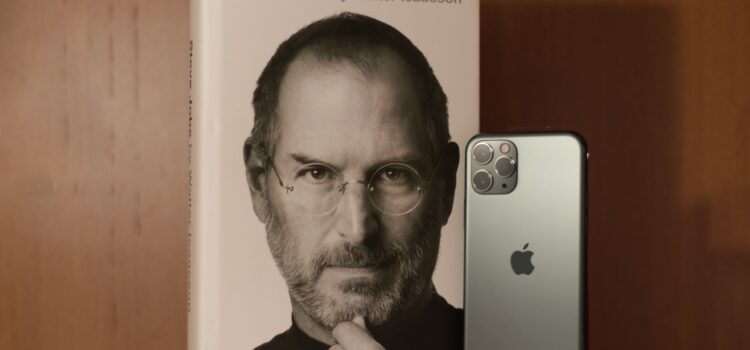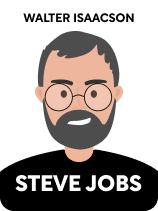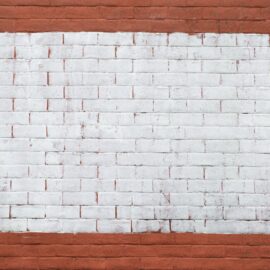

This article is an excerpt from the Shortform book guide to "Steve Jobs" by Walter Isaacson. Shortform has the world's best summaries and analyses of books you should be reading.
Like this article? Sign up for a free trial here.
Was Steve Jobs an artist? How are Steve Jobs’s creations like art?
Walter Isaacson’s biography, Steve Jobs, depicts the entrepreneur’s highs and lows throughout his career. While reflecting on Jobs’s successes, Isaacson compares Apple products to works of art.
Learn the similarities between famous artists and Steve Jobs’s art.
Product Over Profit
While other business leaders were surely easier to work with, Isaacson claims that Jobs’s motivation went beyond the company’s bottom line. The goal that shaped Jobs’s vision for his company wasn’t maximizing profits, but delivering the best product possible. Apple’s core essentials of craftsmanship, simplicity, and quality were formed to create Steve Jobs’s art.
(Shortform note: In Rework, entrepreneurial experts Jason Fried and David Hansson affirm the importance of simplicity and core values when allocating a company’s time and resources. However, they also give advice Jobs would have dismissed, such as ignoring tiny details in the planning process and considering products finished before they’re perfect.)
For Jobs, “keep it simple” was a way of life. Focusing on priorities and eliminating inessentials defined everything he did, from what he ate to how he furnished his house to how he structured his companies and products. In particular, it was his push toward basic, fundamental principles that, according to Isaacson, halted Apple’s downward spiral once Jobs returned to the company. After his failures with NeXT, Jobs had learned to focus only on those projects that were most essential. That meant directing all of Apple’s resources to no more than two or three projects at a time.
(Shortform note: At Google, product designer Jake Knapp instituted a similar strategy on a smaller scale. During his “design sprints,” a team working on a specific project would cancel all other meetings and distractions to focus on their goal. This strategy was so successful that he expanded on it in his books Sprint and Make Time.)
Jobs infused his passion for delivering great products into all of the development teams he brought together. He wanted everything his companies created to be more than useful; they had to be works of art. Isaacson recounts that Jobs directed his teams as if they were artists, whether they were working on operating systems, circuit boards, or apps for phones and tablets. As artists, he told them not to compromise, not to be afraid to break rules if they had to, and not to stop working until their projects were done.
(Shortform note: As a motivator, Jobs embodied several of the principles of outstanding leadership identified by James Kouzes and Barry Posner in their book The Leadership Challenge. He established and modeled the values he wanted for his company, he inspired others with his vision of the future, and he looked for opportunities to upend the status quo.)
Isaacson writes that Jobs’s appreciation of artists and musicians was such that the usually unflinching CEO would actually listen to criticism on how Apple’s products served artistic creators. When users complained that the original iPad didn’t have the audio and video editing features of the iMac, he resolved to correct that problem with the release of the iPad 2.
Producing the best product possible was paramount. Jobs often lashed out at competitors, and even other people at Apple, when he felt they’d sacrificed quality in the name of profit. (Shortform note: In Basic Economics, Thomas Sowell points out that business profits are the price for efficiency, and that prioritizing profits is what incentivizes companies to produce the goods and services we need at the lowest cost. However, from a marketing perspective, Seth Godin argues in his book Purple Cow that it takes a truly remarkable product to capture the attention of modern consumers.)

———End of Preview———
Like what you just read? Read the rest of the world's best book summary and analysis of Walter Isaacson's "Steve Jobs" at Shortform.
Here's what you'll find in our full Steve Jobs summary:
- A no-fluff look into the life of Steve Jobs
- How Jobs changed the technology landscape
- What it was like to work with and for Steve Jobs






